
When I first got into shooting, I had no idea how much of a difference the right sight could make. At the time, I figured all you needed was a steady hand and good aim. Turns out, the world of gun sights is a lot more varied—and a lot more fascinating—than I expected.
In this post, I want to walk you through the different types of gun sights I’ve used, tested, and come to appreciate. Whether you're brand new to firearms or just looking to upgrade your setup, I hope my experiences help guide you to the right choice.


1. Iron Sights – The Basics That Never Fail
Let’s start with the classics. Iron sights are the first type I ever used—simple, reliable, and built right into the firearm. There are two main components: the front sight (usually a post) and the rear sight (a notch, peep, or aperture). Align them properly, and you're good to go.
Iron sights force you to focus on the fundamentals—grip, stance, breath control, and trigger discipline. And honestly, there's something satisfying about hitting your target with nothing but old-school tech.
Pros:
-
No batteries or electronics
-
Lightweight and durable
-
Great for training fundamentals
Cons:
-
Slower target acquisition
-
Harder to use in low light or for beginners


2. Red Dot Sights – Fast and Intuitive
The first time I used a red dot sight, it felt like cheating. With a simple illuminated dot projected onto a lens, target acquisition becomes lightning fast. No need to line up front and rear sights—just place the dot where you want the bullet to go and pull the trigger.
Red dots really shine (no pun intended) in close to mid-range shooting. I’ve used them on AR-15s and pistols alike, and they’ve dramatically improved my speed and accuracy during dynamic shooting drills.
Pros:
-
Extremely fast target acquisition
-
Great for beginners
-
Excellent for close-quarters and defensive shooting
Cons:
-
Requires batteries
-
Less effective at long range
-
Some models are pricey

3. Holographic Sights – High-Tech Precision
Holographic sights are a bit more advanced and pricier than red dots, but they come with some unique benefits. Unlike red dots, the reticle is actually projected onto the lens via holography, which means faster target acquisition even when your head isn’t perfectly aligned.
I’ve had the chance to use an EOTech holographic sight, and I was blown away by the clarity and field of view. For tactical applications or home defense setups, I think they’re an excellent choice—especially when paired with a magnifier.
Pros:
-
Allows for rapid, parallax-free aiming
-
Works well with magnifiers
-
Good field of view
Cons:
-
Expensive
-
Bulkier than red dots
-
Shorter battery life than most red dots

4. Magnified Scopes – For Distance and Accuracy
When you needed more than just a dot or iron sights. Enter magnified scopes. These come in all shapes and sizes—from fixed power to variable zoom—and can drastically enhance accuracy over longer distances.
Key features to look for: quality glass, reticle style, and reliable turrets for adjusting windage and elevation.
Pros:
-
Ideal for long-range shooting and hunting
-
Precise and accurate
-
Many reticle options (BDC, Mil-Dot, etc.)
Cons:
-
Slower to aim in close quarters
-
Heavier and bulkier
-
Learning curve for adjusting parallax and zero

5. Laser Sights – A Love-Hate Relationship
Laser sights are one of those tools that I think have very specific uses. I’ve used them on a carry pistol, and in low-light situations, they can definitely be helpful. But I’ve also found they can make shooters lazy with their fundamentals.
They're not my first choice for the range, but for home defense or when training new shooters on sight alignment, they can be a useful tool.
Pros:
-
Visible aiming point in low light
-
Helps with target acquisition under stress
-
Good for defensive scenarios
Cons:
-
Can give away your position
-
Batteries and alignment issues
-
Not always visible in bright daylight

6. Night Sights and Tritium Sights – Low-Light Lifesavers
I added night sights to my carry pistol a few years back and haven’t looked back since. These sights usually use tritium inserts that glow in the dark, helping you aim when visibility is low.
They’re not as flashy as optics or lasers, but they do their job—especially when you’re trying to maintain a low profile in a self-defense situation.
Pros:
-
Always “on,” no batteries required
-
Durable and compact
-
Great for concealed carry and home defense
Cons:
-
Can be harder to see in bright daylight
-
Doesn’t improve accuracy—just visibility
-
Tritium fades over time (about 10–12 years)
Quick Comparison: Which Sight Is Right for You?
| Sight Type | Best For | Key Benefit | Key Limitation |
|---|---|---|---|
| Iron Sights | Training, backup use | Reliable, no batteries | Slow in low-light |
| Red Dot | Home defense, dynamic shooting | Fast target acquisition | Needs battery power |
| Holographic | Tactical, magnifier-compatible | Parallax-free aiming | High cost, bulkier |
| Magnified Scope | Hunting, long-range shooting | Precision at distance | Heavy, slow up close |
| Laser Sight | Defensive, training aid | Visible point of aim | Not great in daylight |
| Night Sights | EDC, home defense | Always visible in darkness | Fades over time |
Final Thoughts
There’s no “one-size-fits-all” when it comes to gun sights. Each type has its place depending on what you’re shooting, why you’re shooting, and where you’re shooting. My advice? Try a few different types if you can. Borrow from a buddy, visit a range with rental options, or talk to folks who’ve been in the game longer than you.
Once you find the sight that clicks with your shooting style, you’ll feel a whole new level of confidence and control behind the trigger.
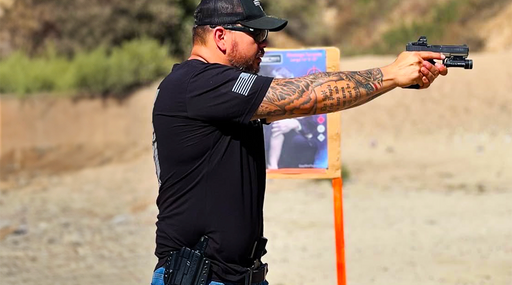
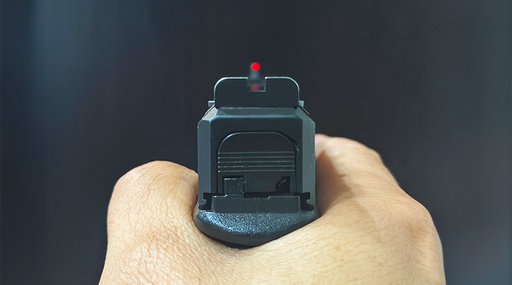
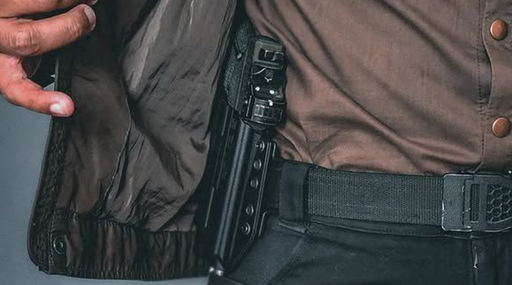
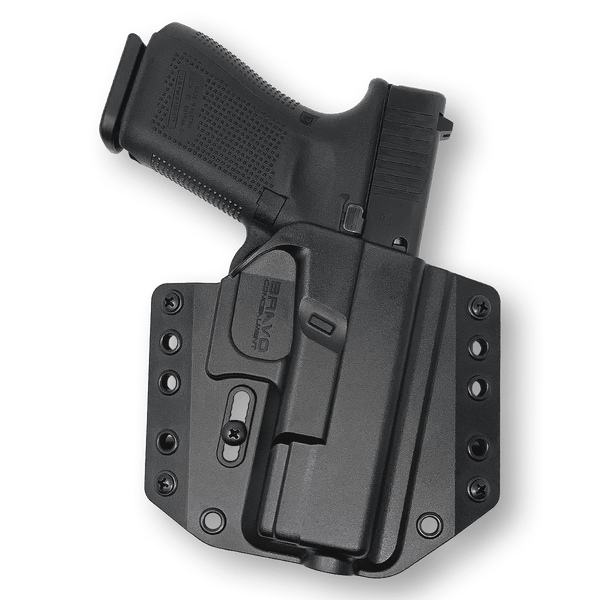
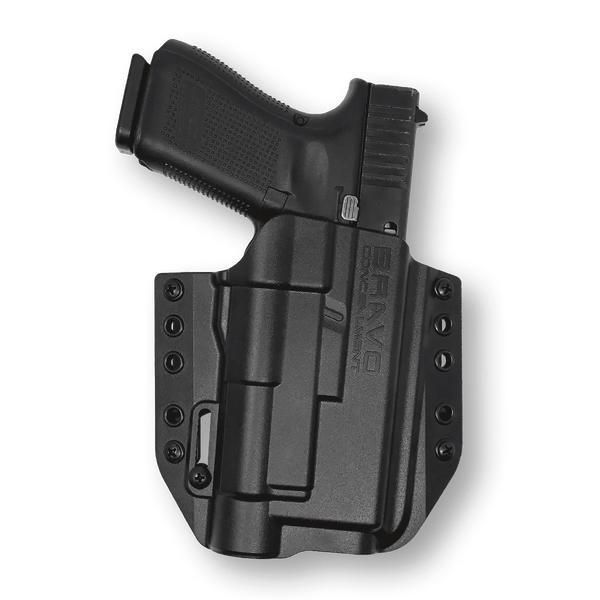
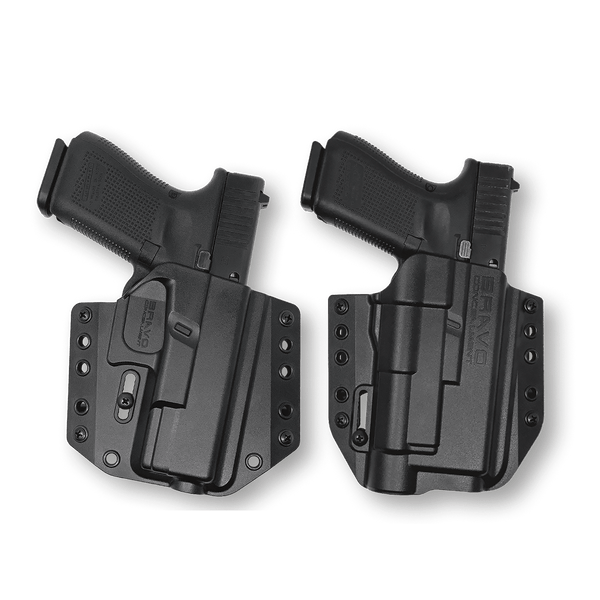
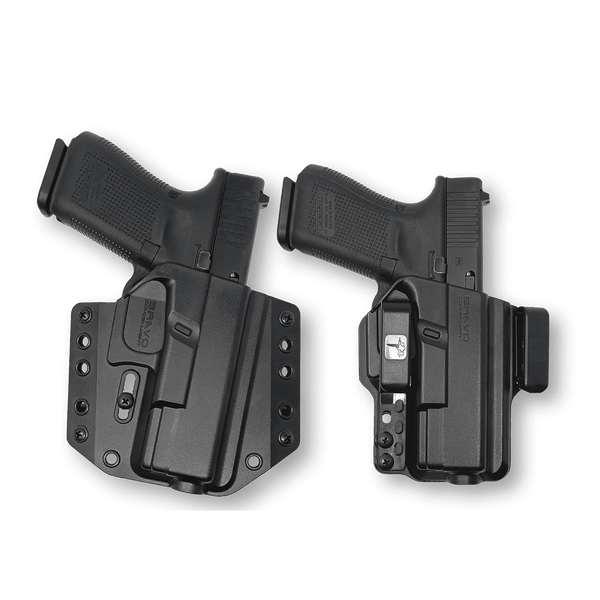
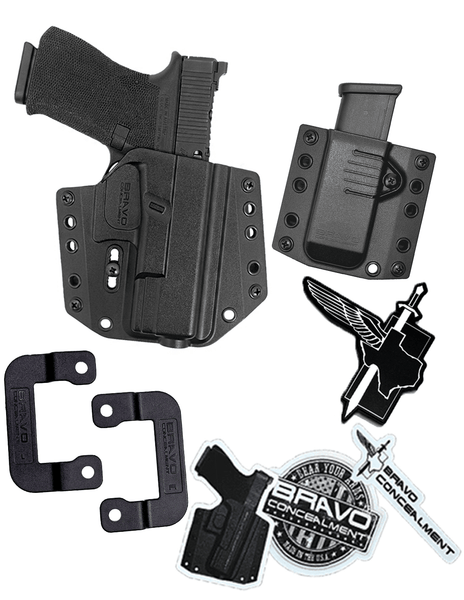
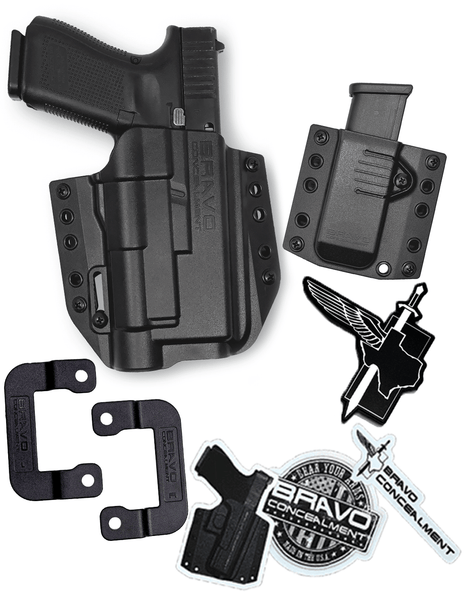
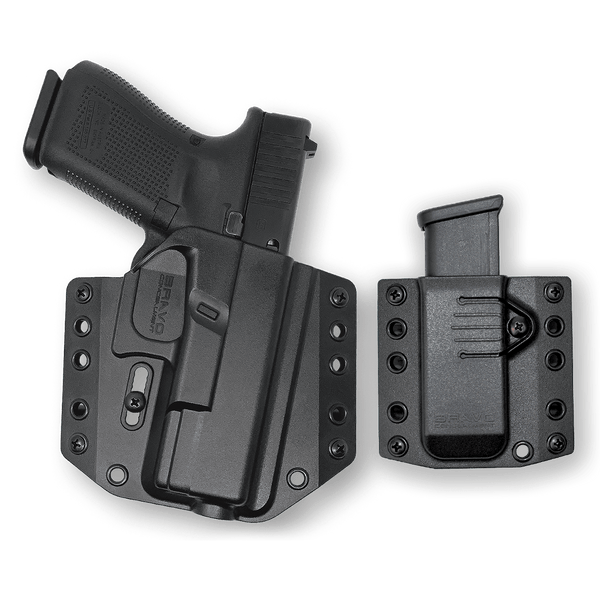
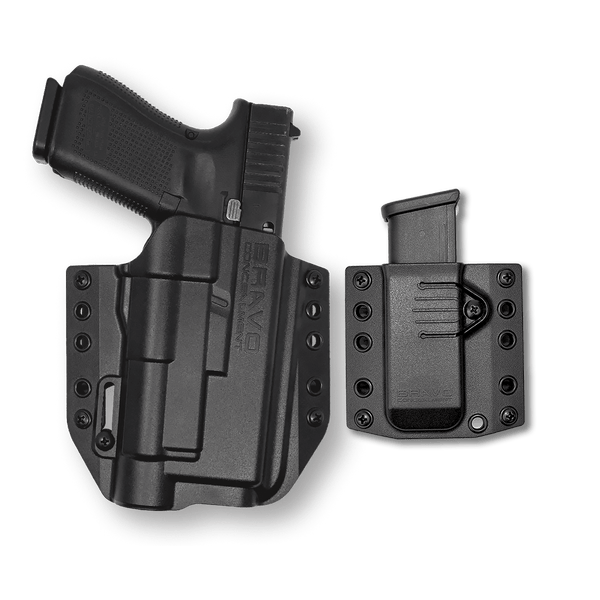
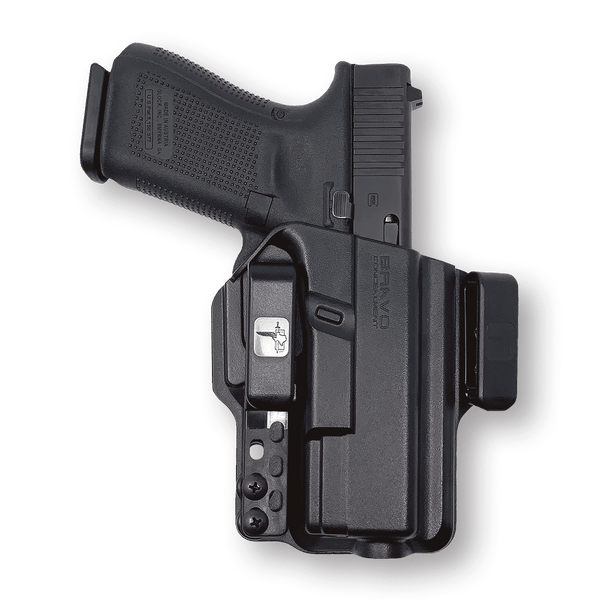
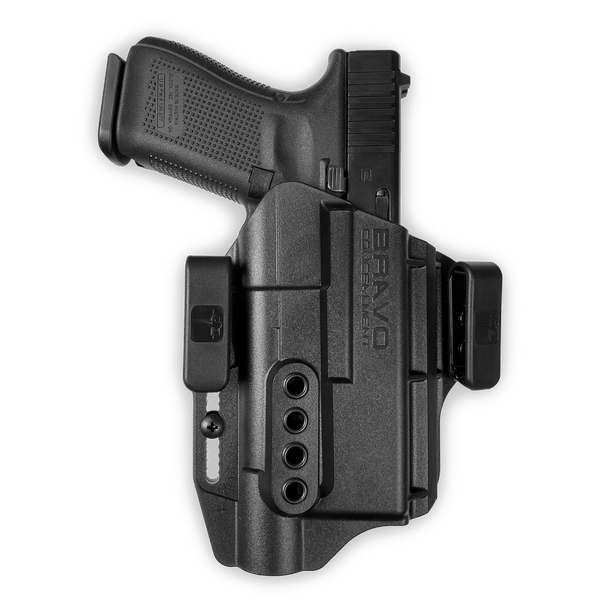
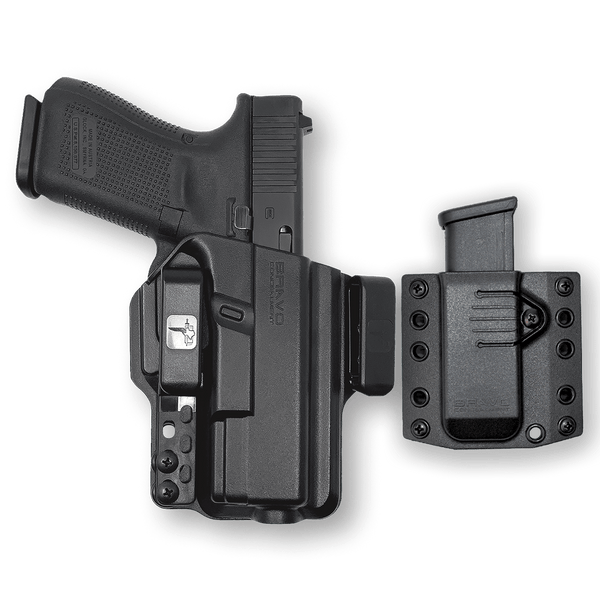
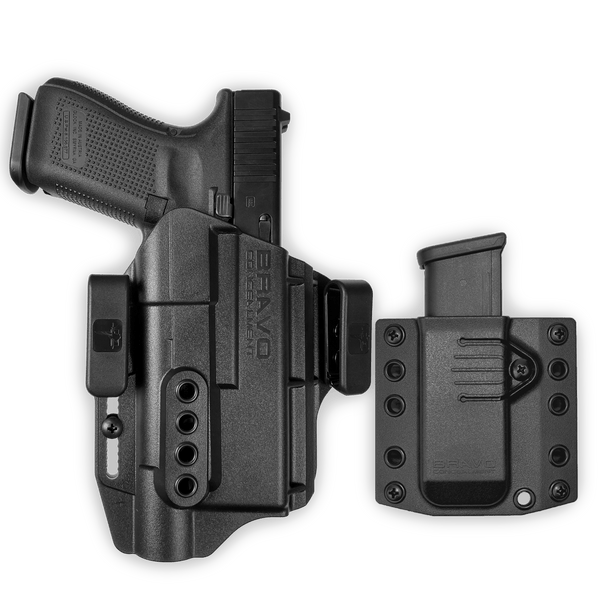
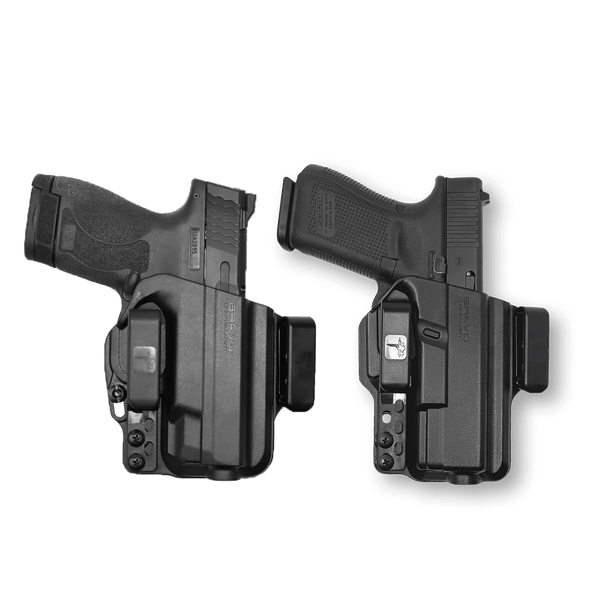
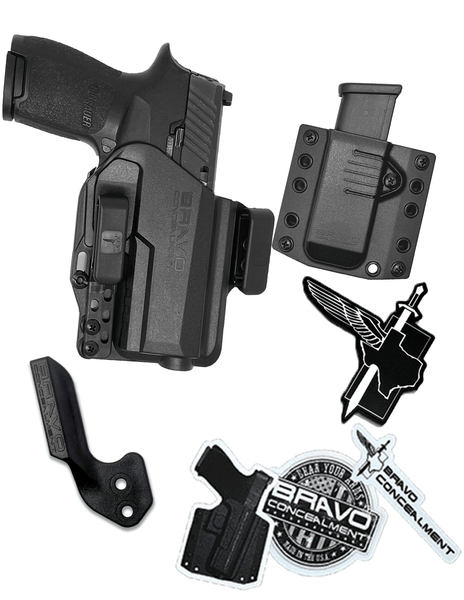
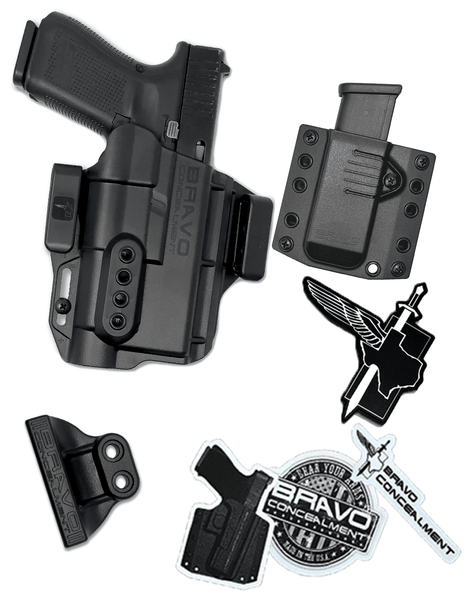
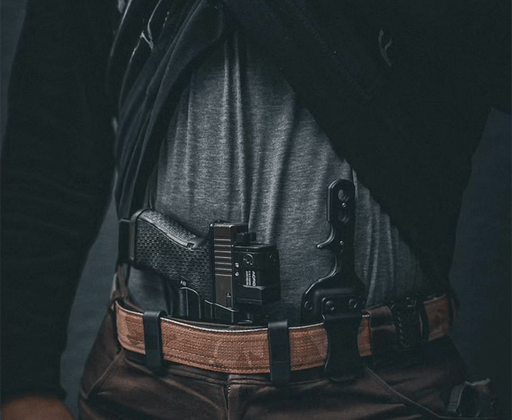

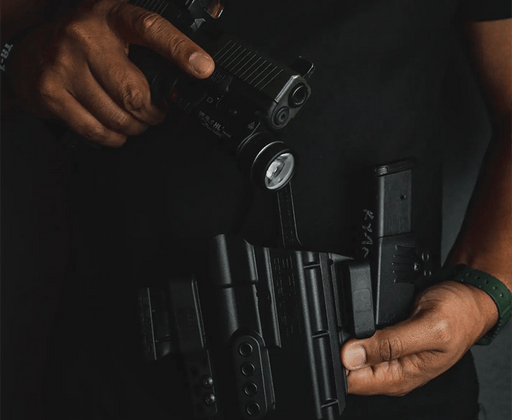
Leave a comment